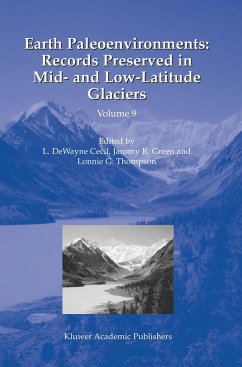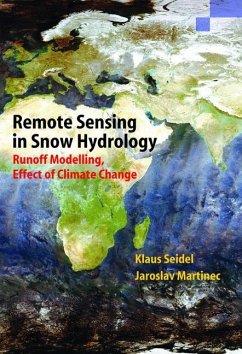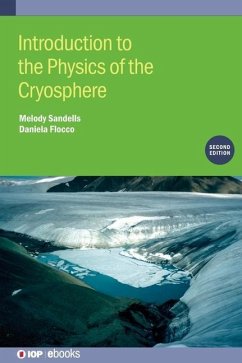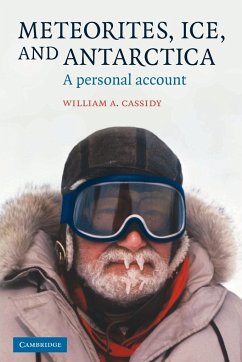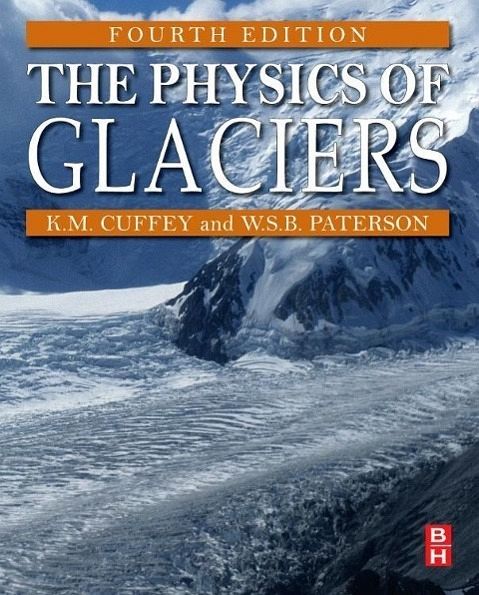
The Physics of Glaciers

PAYBACK Punkte
41 °P sammeln!
The Physics of Glaciers, Fourth Edition, discusses the physical principles that underlie the behavior and characteristics of glaciers. The term glacier refers to all bodies of ice created by the accumulation of snowfall, e.g., mountain glaciers, ice caps, continental ice sheets, and ice shelves. Glaciology-the study of all forms of ice-is an interdisciplinary field encompassing physics, geology, atmospheric science, mathematics, and others. This book covers various aspects of glacier studies, including the transformation of snow to ice, grain-scale structures and ice deformation, mass exchange...
The Physics of Glaciers, Fourth Edition, discusses the physical principles that underlie the behavior and characteristics of glaciers. The term glacier refers to all bodies of ice created by the accumulation of snowfall, e.g., mountain glaciers, ice caps, continental ice sheets, and ice shelves. Glaciology-the study of all forms of ice-is an interdisciplinary field encompassing physics, geology, atmospheric science, mathematics, and others. This book covers various aspects of glacier studies, including the transformation of snow to ice, grain-scale structures and ice deformation, mass exchange processes, glacial hydrology, glacier flow, and the impact of climate change. The present edition features two new chapters: "Ice Sheets and the Earth System and "Ice, Sea Level, and Contemporary Climate Change. The chapter on ice core studies has been updated from the previous version with new material. The materials on the flow of mountain glaciers, ice sheets, ice streams, and ice shelves have been combined into a single chapter entitled "The Flow of Ice Masses.




